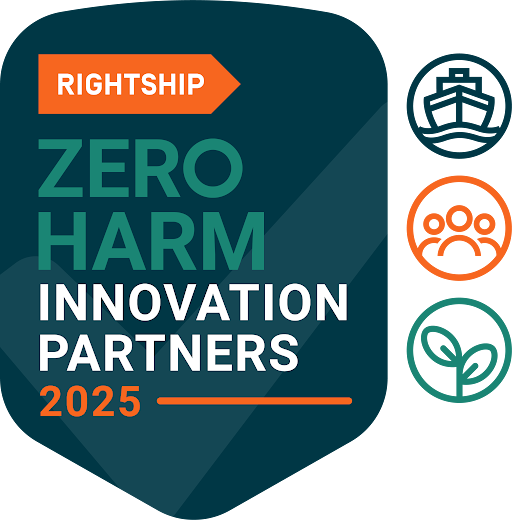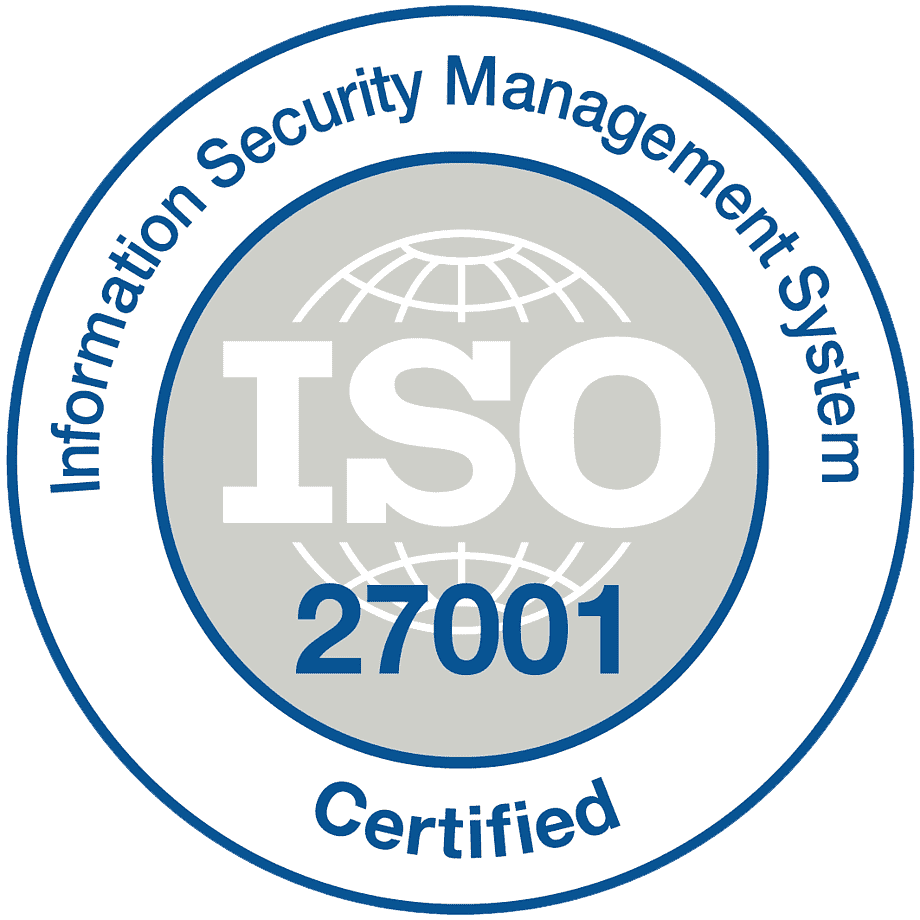Jul 8 • Maritime Trainer
A Century of Safer Seas: The Evolution of Maritime Safety Regulations
In the vast, dynamic world of global shipping, safety is not a matter of chance—it's the product of a century of painful lessons, international collaboration, and relentless evolution. The complex web of regulations that governs the high seas today was not written overnight. It was forged in the wake of tragedy, refined by technological advancements, and expanded by a growing awareness of our environmental and security responsibilities.
From the icy waters that claimed the Titanic to the modern-day push for decarbonization, this is the story of how we built a framework for safer, more secure, and more sustainable shipping. Understanding this journey is essential for any maritime professional who seeks not just to comply, but to lead with excellence.
Write your awesome label here.
Write your awesome label here.
Write your awesome label here.
Write your awesome label here.
Write your awesome label here.
Write your awesome label here.
Write your awesome label here.
Write your awesome label here.
Write your awesome label here.
Write your awesome label here.
The Unsinkable Catalyst: The Titanic and the Birth of SOLAS
Before 1914, maritime safety was a fragmented patchwork of national rules and company policies. The industry operated under a prevailing sense of optimism, building ever-larger and faster ships. This confidence was shattered on the night of April 15, 1912, when the RMS Titanic, on her maiden voyage, struck an iceberg and sank. Over 1,500 lives were lost, not just due to the collision, but because of a catastrophic failure of safety standards, most notably an insufficient number of lifeboats.
The global outcry was immediate and profound. The disaster exposed critical flaws in ship design, emergency procedures, and communication protocols. In response, the international community convened the first International Conference on Safety of Life at Sea in London. The result was the SOLAS Convention of 1914.
Though its implementation was delayed by World War I, SOLAS established the fundamental principle that the safety of passengers and crew was a global responsibility. It has since been updated and amended numerous times, with the current version being SOLAS 1974. Today, it stands as the most important international treaty concerning the safety of merchant ships, covering:
- Construction: Standards for subdivision, stability, machinery, and electrical installations.
- Fire Protection: Requirements for fire detection, prevention, and extinction.
- Life-Saving Appliances: Mandates for lifeboats, life rafts, and personal life-saving equipment.
- Radiocommunications: The Global Maritime Distress and Safety System (GMDSS) ensures that a ship in distress can send an alert and receive assistance from anywhere in the world.
- Safety of Navigation: Requirements for navigational equipment and the management of safe operations.
SOLAS was the first major step, transforming maritime safety from a reactive afterthought into a proactive, regulated discipline.
The Rules of the Road: Preventing Collisions with COLREGs
As sea lanes became more congested, the risk of collisions grew. Just as on land, the sea needed clear, universally understood "rules of the road." In 1972, the International Maritime Organization (IMO) adopted the Convention on the International Regulations for Preventing Collisions at Sea (COLREGs).
These rules are the bedrock of safe navigation. They apply to all vessels on the high seas and in all waters connected to them. The COLREGs are not just suggestions; they are binding laws that govern the interaction between vessels. Key principles include:
- Conduct of Vessels: Establishes clear actions to be taken in any condition of visibility (e.g., in sight of one another, in restricted visibility).
- Right-of-Way: Defines which vessel has the obligation to "keep out of the way" (the give-way vessel) and which must "maintain its course and speed" (the stand-on vessel).
- Lights and Shapes: Prescribes the specific lights and shapes vessels must display to indicate their status (e.g., underway, at anchor, not under command).
- Sound and Light Signals: Standardizes the signals used for maneuvering and warning other vessels.
By creating a common language for navigation, the COLREGs have been instrumental in preventing countless accidents and saving thousands of lives.
Protecting Our Planet: The MARPOL Convention
By the 1970s, the world was waking up to a new kind of disaster: large-scale marine pollution. The 1967 Torrey Canyon oil spill, which devastated the coastlines of England and France, highlighted the catastrophic environmental damage that ships could cause. The industry needed a robust framework to prevent pollution from its operations.
The IMO responded with the International Convention for the Prevention of Pollution from Ships (MARPOL), adopted in 1973 and modified by a protocol in 1978. MARPOL is the main international convention covering the prevention of pollution of the marine environment by ships from operational or accidental causes. It is structured into six technical Annexes:
- Annex I: Regulations for the prevention of pollution by oil.
- Annex II: Regulations for the control of pollution by noxious liquid substances in bulk.
- Annex III: Prevention of pollution by harmful substances carried by sea in packaged form.
- Annex IV: Prevention of pollution by sewage from ships.
- Annex V: Prevention of pollution by garbage from ships.
- Annex VI: Prevention of air pollution from ships, which includes the groundbreaking IMO 2020 Sulphur Cap.
MARPOL has been a driving force in making shipping a cleaner industry, mandating everything from double-hulled tankers to sophisticated waste management systems.
The Human Element: STCW and Seafarer Competence
A ship is only as safe as the crew who operates it. By the late 20th century, it was clear that technology and ship design were not enough. The "human element" was a factor in the vast majority of maritime incidents. The industry needed a global standard for the training and competence of its workforce.
The International Convention on Standards of Training, Certification and Watchkeeping for Seafarers (STCW)was adopted in 1978 to address this. Before STCW, standards were set by individual governments, leading to wide variations in skill and knowledge. The STCW Convention established the first internationally recognized baseline of competence for seafarers.
Major revisions in 1995 and 2010 significantly strengthened the convention, shifting the focus from simple possession of a certificate to demonstrated competence. The STCW Code mandates minimum standards relating to training, certification, and watchkeeping for seafarers on an international level.
A New Era of Threats: The ISPS Code
The terrorist attacks of September 11, 2001, sent shockwaves through the global transportation industry. Suddenly, the focus expanded from safety and environmental protection to security. Ports and ships, vital to the global economy, were recognized as potential targets.
In response, the IMO adopted the International Ship and Port Facility Security (ISPS) Code in 2002, which entered into force in 2004. The ISPS Code provides a comprehensive set of measures to enhance the security of ships and port facilities. Its key objectives are:
- To detect and deter security threats within a standardized framework.
- To establish defined roles and responsibilities for governments, shipping companies, shipboard personnel, and port facility personnel.
- To ensure the collection and exchange of security-related information.
- To provide a methodology for security assessments so as to have in place plans and procedures to react to changing security levels.
The ISPS Code is a mandatory part of SOLAS, ensuring that the entire industry operates with a heightened sense of security awareness.
The Future is Now: IMO 2020 and Beyond
The evolution continues. On January 1, 2020, the IMO Sulphur Cap (part of MARPOL Annex VI) came into effect, representing one of a most significant changes in the history of the oil and shipping industries. It slashed the permissible sulphur content in marine fuel from 3.5% to 0.5%, forcing a massive industry-wide shift towards cleaner fuels or the adoption of exhaust gas cleaning systems (scrubbers).
Today, the conversation is dominated by decarbonization, digitalization, and automation. New regulations like the Carbon Intensity Indicator (CII) and the Energy Efficiency Existing Ship Index (EEXI) are pushing the industry towards a zero-carbon future. The path ahead will be defined by our ability to integrate new technologies, manage cyber risks, and train a new generation of seafarers for the ships of tomorrow.
Regulatory compliance is no longer just a box-ticking exercise. It is a dynamic and essential component of operational excellence, risk management, and corporate responsibility. By understanding where we've been, we can better navigate where we're going—towards a future where shipping is safer, cleaner, and more efficient than ever before.
Join Our Newsletter
Subscribe to get our monthly health and safety bulletin free.

Innovative digital learning technology and services provider
Partnership
Become A Partner
Write your awesome label here.




